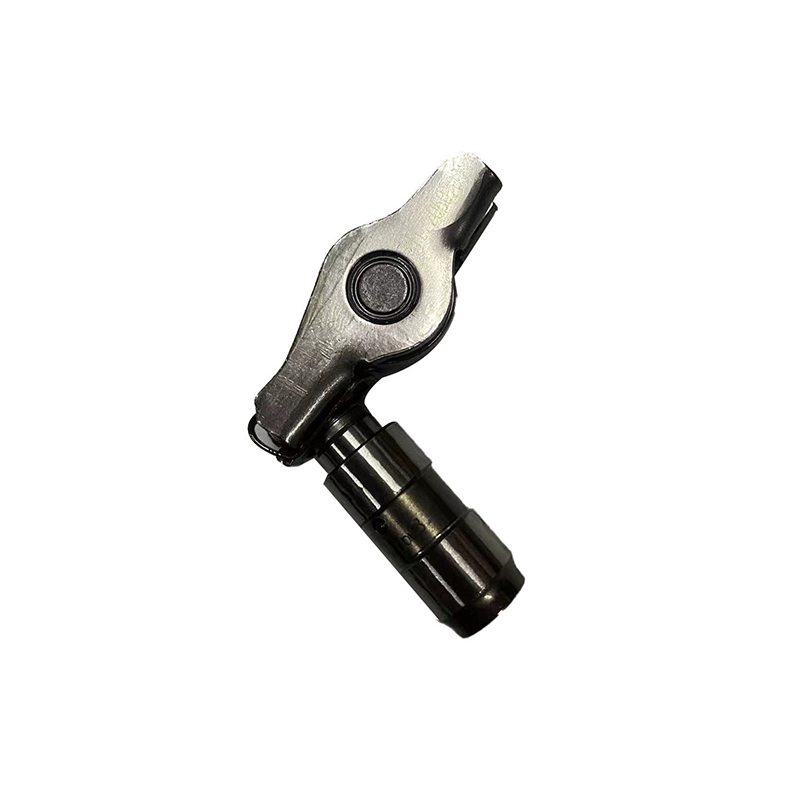Car interior parts are an indispensable part of modern car design. They not only enhance the beauty of the vehicle, but also directly affect the comfort and safety of the driver and passengers.
Car interior parts are of various types, covering a wide range from functional parts to decorative parts. According to their functions and uses, they can be mainly divided into the following categories:
Seat system
The seat is one of the core components of the car interior and directly affects the comfort of riding. Modern seats not only provide support and comfort, but are also equipped with heating, ventilation, massage and other functions to enhance the driving experience. For example, the seats of luxury models are often made of high-grade leather and equipped with intelligent adjustment systems.
Dashboard and center console
The dashboard is the main interface for the driver to operate, including speedometer, odometer, fuel gauge, etc. The center console integrates functions such as air conditioning control, audio system, and navigation. With the development of technology, touch screens and smart voice assistants have gradually become standard, improving the convenience and safety of driving.
Safety system
Airbags, seat belts, anti-lock braking system (ABS) and other components are important components of car interiors, ensuring the safety of drivers and passengers. In addition, in recent years, active safety systems such as automatic emergency braking (AEB) and lane keeping assist (LKA) have also gradually become popular.
Decorative parts
Decorative parts such as carpets, floor mats, ceilings, door panels, etc. not only enhance the aesthetics of the interior, but also play a role in sound insulation and protection. For example, carpets can absorb noise, and floor mats prevent dust from entering the car compartment.
With the diversification of consumer needs and the advancement of technology, car interior parts design is moving towards intelligence, personalization and environmental protection.
Intelligence is one of the important trends in car interior design. The application of technologies such as touch screens, virtual reality (VR) navigation, and intelligent voice assistants makes the driving experience more convenient and safer. For example, some high-end models are equipped with gesture recognition functions, and users can control in-car devices through gestures.
With the increase in consumer demand for personalization, the customization trend of car interiors is becoming increasingly obvious. Consumers can choose seat colors, materials and interior styles according to their preferences. For example, some brands offer high-end accessories such as carbon fiber seat back covers and customized foot pads.
Environmental protection concepts are gradually penetrating into car interior design. Using recyclable materials, reducing harmful emissions, and energy conservation and emission reduction have become important design considerations. For example, some models use low volatile organic compound (VOC) painting processes and water-based adhesives.
Comfort and health are one of the core goals of modern interior design. The support of the seats, the air quality of the air conditioning system, and the in-car air quality monitoring system have all been paid attention to. For example, some models are equipped with air purifiers and negative ion generators to provide passengers with a healthier driving environment.












